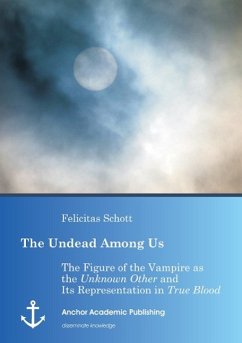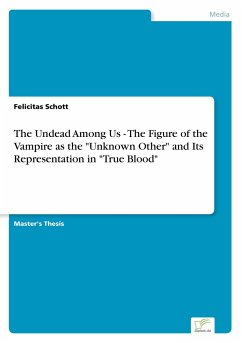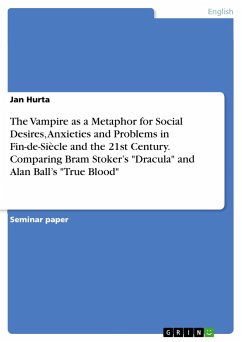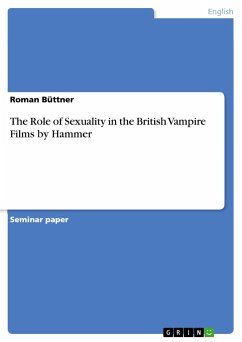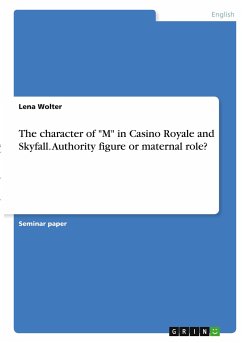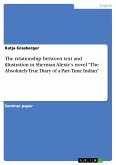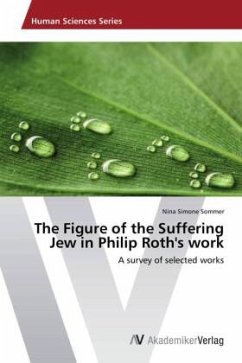Drakul. Nosferatu. Upyr. Vampyre. There have been many names for what we know today as the vampire. For over a century, literature, television, cinema and many other areas in our daily lives cannot be imagined without the appearance of this fictional character. Almost everyone is familiar with the image of the walking undead that creeps out of its coffin at night and sucks the blood out of humans. The undead has always been appealing to its audience. It is the otherness of such monsters, their frightful darkness and exoticism that makes them so interesting.
This book deals with the figure of the vampire regarded as the unknown other and how it is fictionally represented in the American TV series True Blood (2008 - ). Considering both psychoanalytical concepts as well identity theory, the author depicts the literary and cinematographic development of the fictional figure of the vampire since the late nineteenth century, and analyzes different representations of the vampire and its otherness as well as their appeal to the audience in the True Blood.
This book deals with the figure of the vampire regarded as the unknown other and how it is fictionally represented in the American TV series True Blood (2008 - ). Considering both psychoanalytical concepts as well identity theory, the author depicts the literary and cinematographic development of the fictional figure of the vampire since the late nineteenth century, and analyzes different representations of the vampire and its otherness as well as their appeal to the audience in the True Blood.

